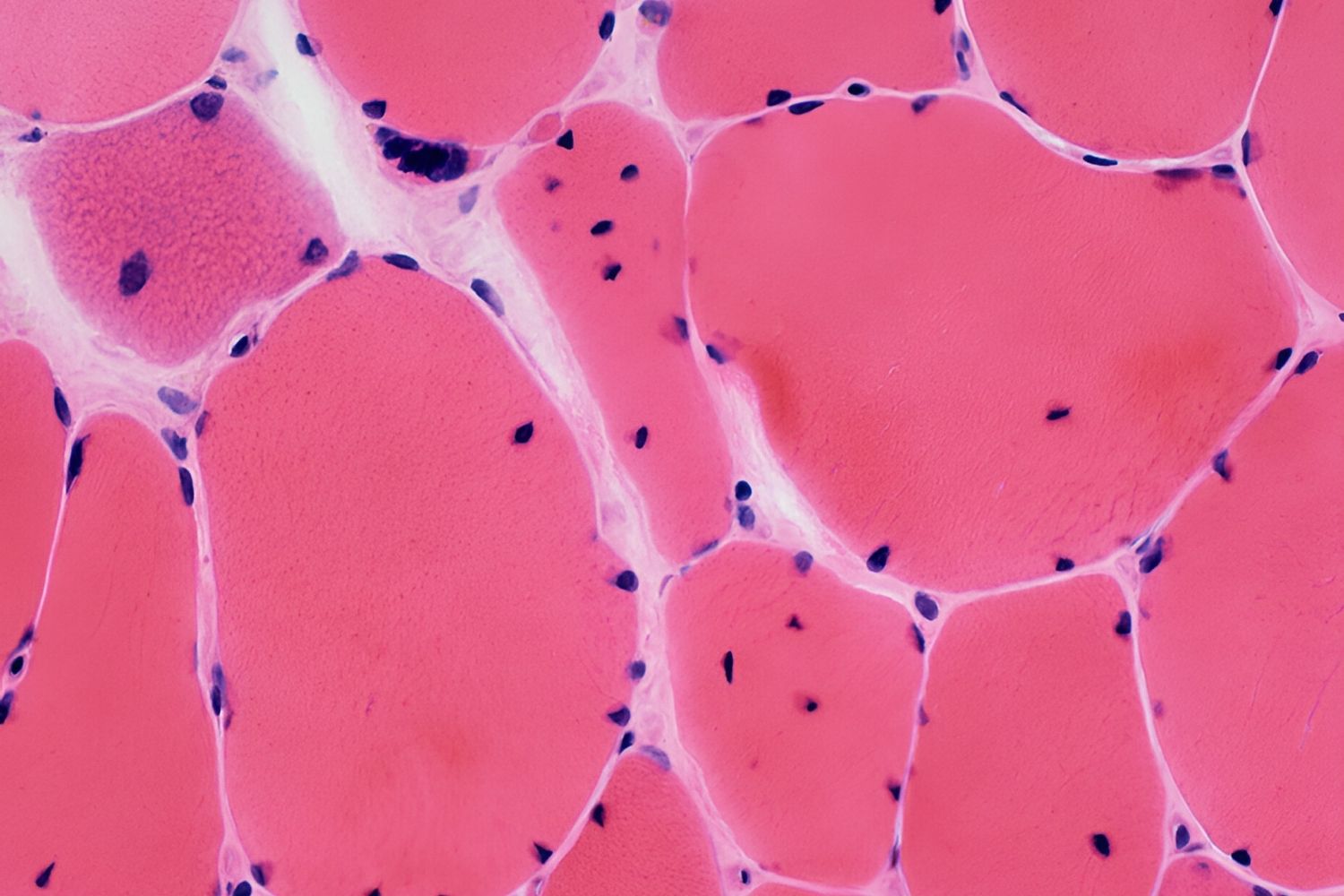
Curschmann–Batten–Steinert Syndrome, also known as myotonic dystrophy, is a genetic disorder that affects muscle function. This condition causes progressive muscle wasting and weakness, often beginning in adulthood. Symptoms can vary widely, including muscle stiffness, difficulty relaxing muscles after use, and even issues with the heart and respiratory system. Inheritance follows an autosomal dominant pattern, meaning a single copy of the altered gene can cause the disorder. Diagnosis typically involves genetic testing, electromyography, and muscle biopsy. Treatment focuses on managing symptoms, as there's currently no cure. Understanding this syndrome is crucial for those affected and their families, providing a pathway to better care and support.
Key Takeaways:
- Curschmann–Batten–Steinert Syndrome causes muscle weakness, cataracts, and heart issues. Early recognition and management can improve quality of life.
- Treatment includes physical therapy, medications, and support groups. Regular check-ups are essential for heart and respiratory health.
Understanding Curschmann–Batten–Steinert Syndrome
Curschmann–Batten–Steinert Syndrome, also known as Myotonic Dystrophy, is a complex genetic disorder. It affects multiple systems in the body, leading to a variety of symptoms. Here are some key facts to help you understand this condition better.
-
Genetic Origin: This syndrome is caused by a mutation in the DMPK gene on chromosome 19.
-
Inheritance Pattern: It follows an autosomal dominant inheritance pattern, meaning only one copy of the mutated gene is needed to cause the disorder.
-
Two Types: There are two main types: Type 1 (DM1) and Type 2 (DM2). DM1 is more common and severe.
-
Muscle Weakness: One of the primary symptoms is progressive muscle weakness and wasting.
-
Myotonia: People with this syndrome often experience myotonia, which is the inability to relax muscles after contraction.
-
Cataracts: Cataracts are a common complication, often developing at a younger age than in the general population.
-
Cardiac Issues: Heart problems, including arrhythmias and conduction defects, are frequent in affected individuals.
-
Respiratory Problems: Respiratory muscle weakness can lead to breathing difficulties and increased risk of pneumonia.
-
Endocrine Disorders: Diabetes and thyroid dysfunction are more prevalent among those with this syndrome.
-
Cognitive Impairment: Some individuals may experience cognitive impairments or learning difficulties.
Symptoms and Diagnosis
Recognizing the symptoms early can lead to better management of the condition. Diagnosis often involves a combination of clinical evaluation and genetic testing.
-
Facial Features: Characteristic facial features include ptosis (drooping eyelids) and a thin, hollowed face.
-
Speech and Swallowing: Difficulty with speech and swallowing is common due to muscle weakness.
-
Fatigue: Chronic fatigue is a frequent complaint among patients.
-
Sleep Disorders: Sleep apnea and other sleep-related issues are often reported.
-
Gastrointestinal Issues: Constipation and other gastrointestinal problems can occur due to smooth muscle involvement.
-
Prenatal Testing: Genetic testing can be done prenatally if there is a known family history.
-
Electromyography (EMG): EMG can help diagnose myotonia by measuring electrical activity in muscles.
-
Muscle Biopsy: A muscle biopsy may be performed to observe characteristic changes in muscle tissue.
Treatment and Management
While there is no cure for Curschmann–Batten–Steinert Syndrome, various treatments can help manage symptoms and improve quality of life.
-
Physical Therapy: Regular physical therapy can help maintain muscle strength and flexibility.
-
Medications: Medications like mexiletine can help reduce myotonia.
-
Cardiac Monitoring: Regular cardiac check-ups are essential to monitor and manage heart issues.
-
Respiratory Support: Non-invasive ventilation may be needed for those with severe respiratory muscle weakness.
-
Cataract Surgery: Cataract removal surgery can improve vision significantly.
-
Endocrine Treatment: Managing diabetes and thyroid issues with appropriate medications is crucial.
-
Support Groups: Joining support groups can provide emotional support and practical advice for managing the condition.
Final Thoughts on Curschmann–Batten–Steinert Syndrome
Curschmann–Batten–Steinert Syndrome, also known as Myotonic Dystrophy, is a complex condition affecting muscles and other body systems. Understanding its symptoms, causes, and treatments can help those affected manage their daily lives better. Genetic testing plays a crucial role in diagnosing this syndrome, and early intervention can improve quality of life. While there's no cure yet, ongoing research offers hope for future treatments. Support from healthcare professionals, family, and patient communities is vital. Staying informed and proactive can make a significant difference. Remember, knowledge is power when dealing with such conditions. Keep learning, stay connected with support groups, and consult healthcare providers regularly. This way, you can navigate the challenges of Curschmann–Batten–Steinert Syndrome more effectively.
Frequently Asked Questions
Was this page helpful?
Our commitment to delivering trustworthy and engaging content is at the heart of what we do. Each fact on our site is contributed by real users like you, bringing a wealth of diverse insights and information. To ensure the highest standards of accuracy and reliability, our dedicated editors meticulously review each submission. This process guarantees that the facts we share are not only fascinating but also credible. Trust in our commitment to quality and authenticity as you explore and learn with us.
